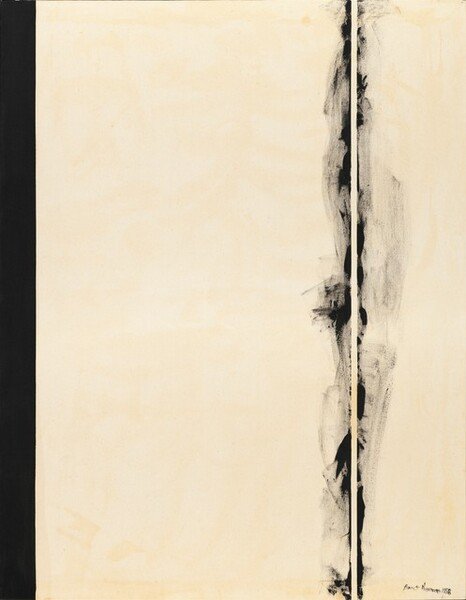Visual Connections in Worship: Cultivating Quiet Reflections During Lent
As we enter the sacred season of Lent, a hushed reverence settles over the church—a time of quiet introspection and spiritual depth. In this unique period, the power of visual connections in worship becomes a profound avenue for fostering quiet reflection. Join us in exploring how art, installations, and clergy stoles can create a visual sanctuary, inviting worshippers to connect with the Lenten journey in a contemplative and meaningful way.
Creating Sacred Spaces
Begin by transforming the worship space into a haven of visual serenity. Consider incorporating minimalist art installations that echo the solemnity of Lent. Soft, muted hues, simple symbols like crosses or empty branches, and subtle lighting can evoke a sense of quiet contemplation.
The Subtle Power of Art
Art has a remarkable ability to speak in whispers to the soul. Introduce carefully selected artworks that align with the Lenten themes—pieces that invite observers into a silent dialogue with their faith. Consider works that depict the journey of Christ, the wilderness experience, or the profound sacrifice symbolized by the cross.
First Station by Barnett Newman is an example of art in the public domain that could be shared during Lent. This minimalist painting consists of few elements or forms. Because of that, the viewer focuses on only one detail — shape, color, or space. Similarly, Ash Wednesday focuses on the essentials—ash and dust, life and death.
Clergy Stoles as Silent Narrators
Clergy stoles, often an overlooked aspect of worship, hold immense potential for visual connections. Choose stole designs that embody the essence of Lent—subdued hues, symbolic imagery of crosses or palms, and patterns that evoke the journey from Ash Wednesday to Easter. As clergy don these visual narrators, a silent conversation is initiated, allowing worshippers to visually engage with the unfolding narrative.
Integrating Symbolic Installations: Consider incorporating installations that carry symbolic weight. For example, a simple yet impactful display of barren branches gradually budding with new life can visually represent the transformative journey from Lent's solemnity to the joyous resurrection of Easter. These installations serve as quiet companions on the worshipper's contemplative journey.
Encouraging Personal Reflection
Create opportunities for personal reflection through visual prompts. Display stations with artistic elements where individuals can light candles, leave written reflections, or simply sit in quiet contemplation. These visual cues gently guide worshippers towards a personal connection with the Lenten narrative.
In the stillness of Lent, the importance of making visual connections in worship becomes a poignant reminder of the transformative power of art and symbolism. As worshippers engage with the quiet beauty of art installations and the subtle language of clergy stoles, a sacred space emerges—one where visual connections foster deep reflections on the Lenten journey. In this visual sanctuary, may worshippers find solace, inspiration, and a quiet connection with the profound narrative that unfolds during this sacred season.




